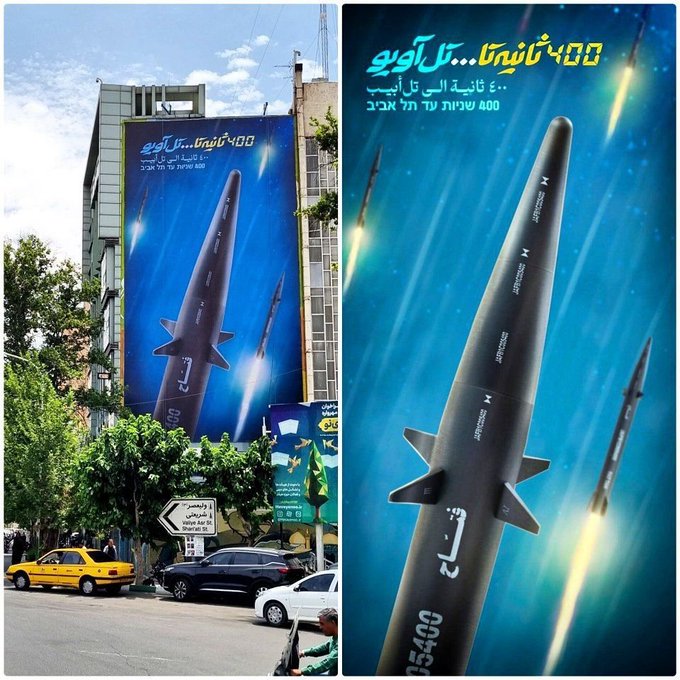
Iran’s reported use of its hypersonic Fattah-1 missile has brought renewed attention to a weapon designed to challenge conventional missile defence systems, as the war between Iran and Israel escalates.
What is the Fattah 1?
Unveiled in 2023 and named by Iran’s Supreme Leader Ayatollah Ali Khamenei, the Fattah-1 is Iran’s first hypersonic missile.
According to Iranian sources, it is capable of travelling at Mach 5 — five times the speed of sound — and includes a manoeuvrable reentry vehicle, allowing it to change course during flight.
Threat to Israeli missile defences
These features are designed to help evade interception by systems such as Israel’s Iron Dome and Arrow missile defences. The Fattah-1 runs on solid fuel, has a reported range of up to 1,400 kilometres, and uses a single-stage propulsion system.
Iranian officials have called the missile an “Israel-striker”, and a banner displayed at its unveiling in Tehran read, “400 seconds to Tel Aviv” in Hebrew.
Turning point in warfare
This week’s launch marks the first publicly acknowledged use of the Fattah-1. Iran’s Islamic Revolutionary Guard Corps (IRGC) confirmed its use through a press release on June 18.
Fabian Hinz, a researcher at the International Institute for Strategic Studies, told CNN the missile’s design likely incorporates a reentry vehicle with manoeuvrability, enhancing its evasion capacity.
Hypersonic weapons are notoriously difficult to detect and intercept. Unlike traditional ballistic missiles, which follow predictable trajectories, hypersonic glide vehicles can veer mid-course, leaving defence systems with limited response windows.
The broader implications of Fattah-1 being used are significant.
If the Fattah-1 demonstrates operational reliability, it may compel Israel to reassess the effectiveness of its missile shield. It also signals Iran’s intent to firmly respond to Israel’s unprovoked attacks.
Hostilities intensify
Reports coming from Israel suggests the country is running low on interceptors, further suggesting Iran’s stronghold in the conflict.
As of June 18, the ongoing Israel-Iran exchange has resulted in over 200 deaths across both countries, with hundreds more injured. Iran’s military has vowed additional retaliation, while US officials monitor the situation closely after President Donald Trump demanded Iran’s ‘unconditional surrender.’
While the long-term impact of the Fattah-1 remains uncertain, its emergence underscores the evolving nature of modern missile warfare and the growing complexity of Middle Eastern security dynamics.







